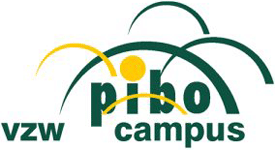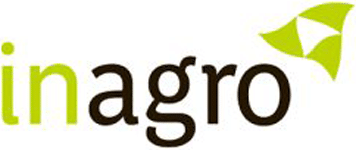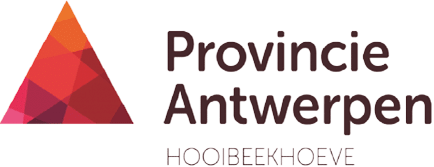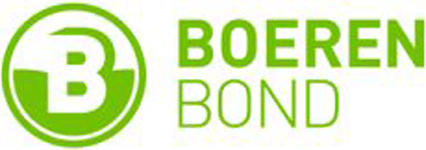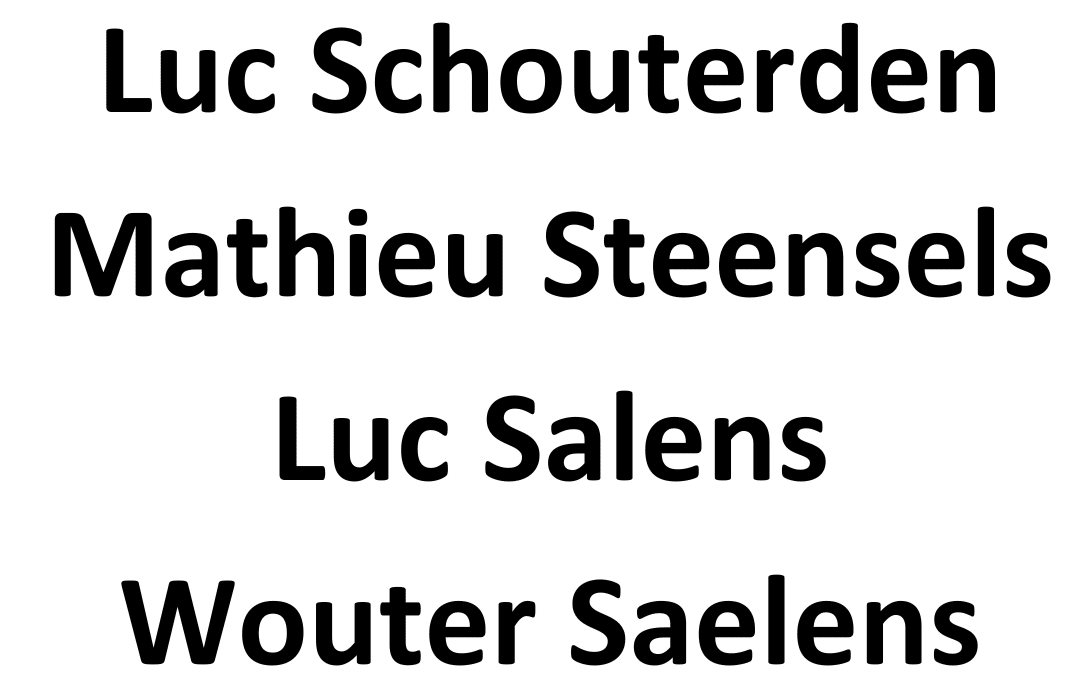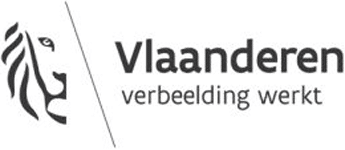The lack of concentrated protein sources for livestock production means that Flanders still relies too much on overseas soya imports to feed domestic livestock. The use of locally grown protein crops is possible but not sufficiently known to date. As a result, soybean imports remain at a very high level. Socially, these soy imports are under strong pressure, but there is also a need for alternatives with a view to making livestock farming more sustainable. The importance of this was only reinforced with the publication of the 'Farm to Fork' strategy and the launch of the 'Flemish Protein Strategy'.
Field beans can achieve very high protein yields and thrive under Flemish climate conditions. In addition, the subsidy through the pre-ecovery schemes also makes this crop more economically competitive with other crops. The applicability of field beans as a winter or summer variety or the combination with cereals in a mixed crop provides flexibility and means there is something for every farmer. In addition, this crop has a long history in Flanders, which means that the technical know-how is also advanced. Despite this, with only 556 ha, the area under field beans in Flanders still appears to be limited (Source: Statbel 2020).
Given the crop has higher yield potential on heavier soils and a arable approach demands, West Flanders and East Flanders in particular are currently leaders in cultivation. Nevertheless, arable regions in southern Limburg and Flemish Brabant are also very suitable. The feed in turn concentrates mainly on the lighter soils, where most (dairy) cattle farms are located.
By encouraging, in addition to global, regional expansion of field bean cultivation, the distance between supplier and buyer is literally reduced which provides ideal conditions for establishing sustainable partnerships between arable and livestock farmers. These partnerships are essential to match supply and demand. Increased demand wins over hesitant arable farmers. An increase in supply makes feeding more interesting for livestock farmers.
Finally, by launching initiatives, thereby increasing global interest in cultivation, other chain links, including animal feed firms, seed breeding and the dairy industry, to join in the short term and facilitate the eventual protein transition.
The project has as a goal reduce the Flemish agriculture's import dependence on non-European protein in animal feed by focusing more on local protein-rich crops, in particular field beans. Knowledge about field beans is already advanced and directly applicable. As a result, they can already represent significant added value in making livestock farming more sustainable in the short term.
However, in practice we see that, despite the opportunities of this crop, scaling-up lags behind. To stimulate this upscaling, and to get it going at an accelerated pace, a number of sub-objectives have been formulated within the project.
- Inventory of bottlenecks
- Get more clarity on profitability
- Connecting buyers and suppliers
- Engaging chain partners in partnerships
Within the project, a calculation tool was created (you can find it at the bottom of the page) which includes both the financial part of cultivation and feeding. The calculation tool makes it possible to compare all costs with the feed value price or with the cost price of the components you wish to replace in the ration. If the field beans are also grown yourself, the cost price of cultivation can also be used as the purchase price of the field beans. That price will mainly be determined by the yield that can be achieved. When grown on sandy soil, that price will often be higher than on heavier soils. Additional costs of transport and operations can also be entered.

